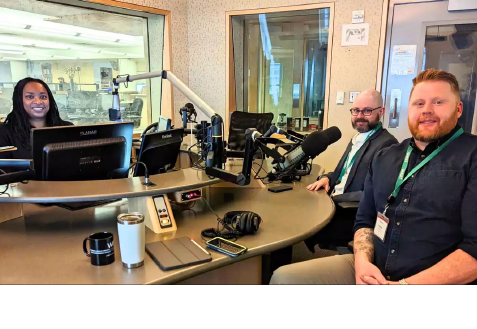Blog & News
Staying Alive in America: Minnesota Public Radio Feature
June 26, 2023:SHADAC Senior Research Fellow Colin Planalp recently joined Angela Davis on Minnesota Public Radio (MPR) News to discuss life expectancy in the United States. The segment centered on findings from multiple reports, including one out of the Centers for Disease Control and Prevention, which showed that the United States’ average life expectancy is not just stagnating but actually decreasing, and a related National Academy of Medicine report comparing U.S. health and life expectancy to that of people in other wealthy countries.
Other health experts joined Planalp and Davis as they used data to scrutinize the severity of the issue and explain causes for the downward spike. The group noted that the issue is complex and doesn’t simply translate to older Americans losing a few years at the end of a long life. As Planalp put it, “If Americans make it to 65, their life expectancy doesn't look that bad; their life expectancy once they're elderly looks pretty good compared to different countries.” However, he continued, “the problem is that Americans are dying young.”
"...the problem is that Americans are dying young.”
- Colin Planalp
The panel cited gun violence as a contributor to many Americans dying younger than their counterparts in similarly wealthy countries. Planalp also attributed the inordinate increases in suicide, drug overdose, and alcohol related deaths–also known as deaths of despair–as an influencing factor on life expectancy. The reality that these public health crises are fatally impacting young adults was a throughline across each panelists’ remarks. And in order to save lives and reverse this trend, there is an urgent need for preventive efforts to help people avoid unnecessary illness and injury, as well as broader access to treatment for mental illness and substance use disorder.
Listen to the full segment here, and browse these related SHADAC resources:










